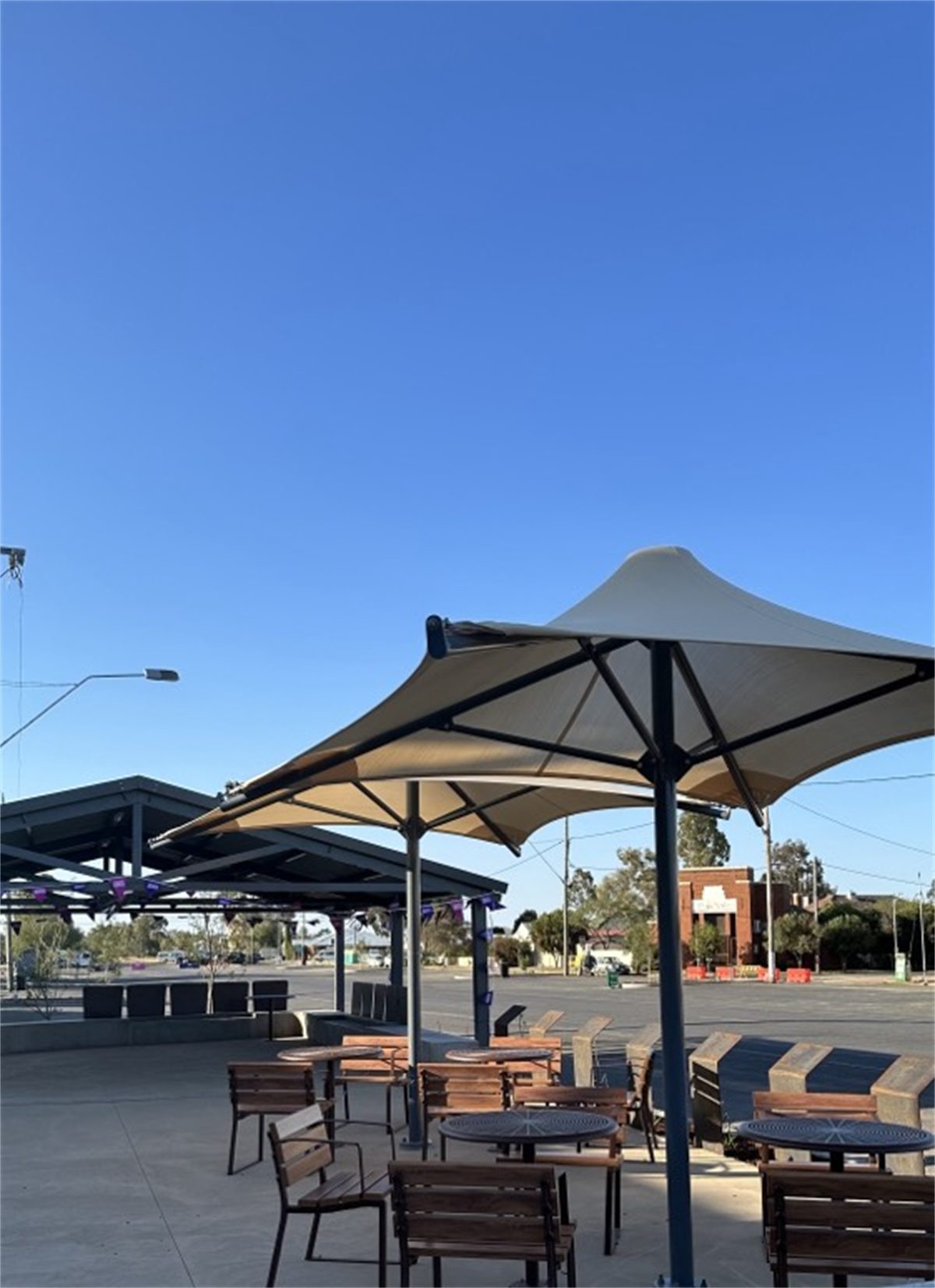
The Defence Aviation Safety Authority (DASA) has given the safety tick of approval to 10 military aviation authorities (MAA) and 26 civil authorities.
DASA has been recognised by 10 MAAs in return.
The ADF aligned with a global convention on military airworthiness and safety in 2016, making it necessary for DASA to “recognise” the equivalent coalition partner and civilian organisations.
DASA’s Cameron Clanchy explained the importance of this recognition.
“DASA is responsible for independently assuring aviation safety within Defence,” Mr Clanchy said.
“The Defence aviation community regularly interacts with allies, partners and service providers working under the oversight of other aviation safety authorities.
“Recognition is DASA’s way of establishing the competence of those other authorities as well as the credibility and defensibility of their respective aviation safety management frameworks.
Mr Clanchy said recognising partner nations’ equivalent organisations was a huge task.
“Our most significant efforts lately have been the renewal of our recognition of the US Air Force and US Army MAAs,” Mr Clanchy said.
“Underway at the moment, we have a renewal of the Canadian MAA and an initial assessment of the Norwegian MAA in support of F-35 maintenance.”
Mr Clanchy said the recognitions were vital to DASA achieving its mission.
“Recognition promotes efficiency and supports interoperability. It provides documented justification for trusting the work of another aviation safety authority,” Mr Clanchy stated.
“This trust increases efficiency in the acquisition and sustainment of aviation platforms by avoiding the need to repeat safety assurance already carried out by a competent authority.
“In the operational context, recognition may enhance interoperability with partner forces by simplifying the exchange of services such as aircraft maintenance, or by supporting a command assessment to allow Defence personnel to travel aboard foreign military aircraft.
“Recognition also underpins DASA’s relationships with other military aviation authorities and helps us stay abreast of international best practice.”
DASA follows a recognition process established through a Five Eyes Air Force Interoperability Council standard.
This standard in turn adopts and supplements the de facto global standard developed by the European Defence Agency’s Military Airworthiness Authorities Forum.
The objective of a recognition assessment is to determine whether the candidate authority applies a credible and defensible aviation safety management framework, using the Defence Aviation Safety Framework as a reference.
DASA looks at things such as the authority’s legal or policy basis, its regulations or equivalent, and how it carries out its safety oversight functions.
All of the findings are documented in an assessment report.
If the findings support recognition being established, DASA’s director general issues a certificate, which is presented to the recognised authority and posted on the DASA website.
These recognition assessments are reviewed every few years to ensure they remain valid.
Recognition activities and engagement with a wide range of global military and civil aviation safety organisations is an integral part of DASA’s purpose to promote and enhance aviation safety in Defence.






